Author: Feed Fetcher
Annie Leibovitz to reissue “Women” with more than 100 new portraits.
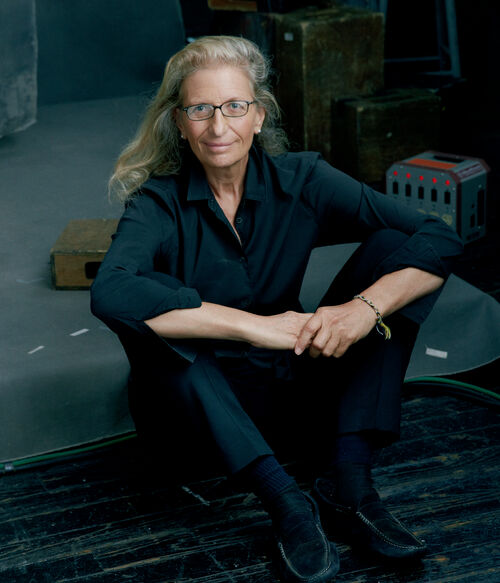
A new edition of Women, the portrait collection by legendary photographer Annie Leibovitz, will be released by Phaidon this November as a two-volume set. The publication features the original 1999 book alongside a new companion volume, which includes more than 100 portraits created between 2000 and the present.
The 2025 edition includes new portraits of women activists, artists, authors, musicians, and world leaders. Among them is Rihanna, pictured reclining at the Ritz Paris during her pregnancy in an image originally shot for Vogue in 2022. Nigerian writer Chimamanda Ngozi Adichie is pictured in a Maryland library, while folk singer Joan Baez appears barefoot on a tree branch, guitar in hand. Alongside these photographs, the book features several newly commissioned essays from Adichie and feminist trailblazer Gloria Steinem.
The original Women was a collaboration between Leibovitz and her partner, the late writer Susan Sontag. The project paired an essay by Sontag with portraits that examined how femininity and power were represented at the turn of the millennium. Leibovitz later described the work as open-ended, telling the New York Times in 2016 that “It’s not one of those projects that will ever have an ending.”
Subjects of the original edition included astronaut Eileen Collins, artist Louise Bourgeois, and Supreme Court justices Sandra Day O’Connor and Ruth Bader Ginsburg. Sontag’s accompanying essay questioned how a book of women’s portraits might be received differently than a similar book of portraits of men.
In 2016, Leibovitz revisited the concept for an exhibition titled “Women: New Portraits,” organized by global wealth manager UBS. The exhibition was staged in London and New York, and featured images of singer Adele, former Olympian Caitlyn Jenner, and First Lady Michelle Obama.
Hew Locke’s ‘Odyssey’ Flotilla Sails Through Global Colonial History and Current Affairs
 Locke has long been interested in the time-honored traditions and spectrum of histories associated with watercraft.
Locke has long been interested in the time-honored traditions and spectrum of histories associated with watercraft.
Do stories and artists like this matter to you? Become a Colossal Member today and support independent arts publishing for as little as $7 per month. The article Hew Locke’s ‘Odyssey’ Flotilla Sails Through Global Colonial History and Current Affairs appeared first on Colossal.
Smithsonian Pushes Back Against Trump’s Meddling in Defiant Statement

Though the president attempted to fire her last month, National Portrait Gallery Director Kim Sajet still reports to work.
‘Copy’ of Mable Rodin Sculpture Sells for $1 M. at Auction in France
Amazing Hyperrealistic Graphite Drawings by Fabio Gonçalves
Looted Antiquities from Syria Are Being Sold on Facebook Marketplace
This Illustrator Perfectly Blends Modern Aesthetics With A Nostalgic Touch in Her Artworks
The Hottest New Art Fair This Summer Is in the Berkshires

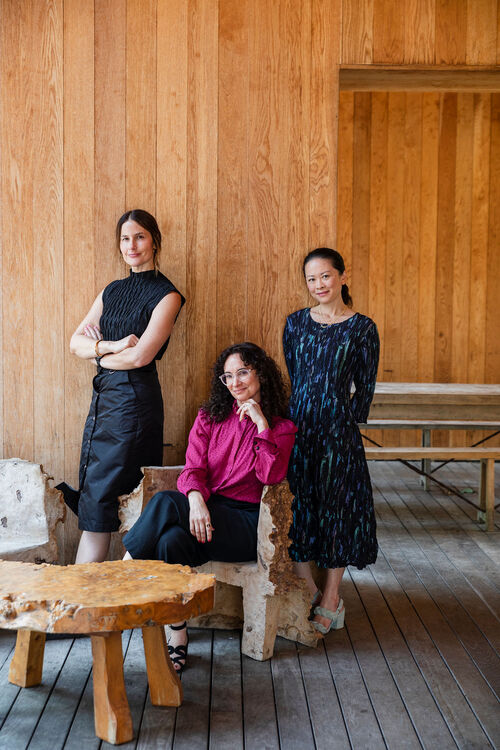
Hotels and art fairs may seem like an unlikely pairing, but the two have long rubbed shoulders: The first edition of The Armory Show was held at the Gramercy Park Hotel in 1994, and every February since 2018, Felix Art Fair has occupied the swanky Hollywood Roosevelt Hotel of Los Angeles. Among the most legendary of all New York hotels, Hotel Chelsea, hosted the first edition of the one-day-only Chelsea Art Fair last November, while in London, newcomer Minor Attractions took over the swanky Mandrake last October.
This week, newcomer Arrival Art Fair will take the concept into the mountains with a four-day event at the wood-clad Tourists hotel in the Berkshires. The highland on the border of Massachusetts and Connecticut is famous for its hypnotizing foliage, sought-after universities, and a generous bevy of well-heeled collectors. After a successful preview event last year, the fair will launch with around 36 U.S.–based exhibitors from June 12th–15th.
The fair is the brainchild of art dealer Yng-Ru Chen, advisor Sarah Galender Meyer, and abstract painter and sculptor Crystalle Lacouture, who met a few years ago at the Intersect art fair in Palm Springs, Florida. The trio intends to carve out a niche in a crowded calendar of fairs with what they call a “holistic” approach that takes into account the needs of galleries, artists, and collectors. They aim to do this by combining their strengths as a dealer, art advisor, and artist. “We each have an understanding of what our field of expertise needs from a fair,” said Chen, who runs the Boston gallery and fair participant Praise Shadows. “As a dealer, I am aware that financing is a main concern when signing up for a booth.” Lacouture, who has widely exhibited across Massachusetts, has an immediate understanding of how a fair can serve artists better. Galender Meyer, meanwhile, brings to the table a familiarity with most collectors’ expectations.
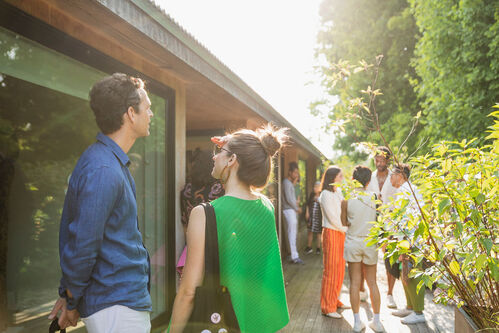
When the fair opens its VIP day on June 12, guests at the rustic New England lodging will be able to peruse works from exhibitors that will each occupy a room in the hotel. Jessica Silverman, Jane Lombard Gallery, Morgan Lehman Gallery, Library Street Collective, and Sears-Peyton Gallery are among the galleries participating. Less of a booth affair and more of a relaxed hangout, the breezy atmosphere will be elevated by DJ April Hunt’s beats by the pool and food prepared by Mina Stone, who ran MoMA PS1’s restaurant, Mina’s, for four years. “We all feel like we can provide a better experience for the exhibitors, collectors, artists, and visitors without the sterile convention center experience,” noted Galender Meyer.
The intention to go against the grain was an ambition that the founders had from the start, starting with the way they compiled the exhibitor list. Instead of a typical submission system in which galleries apply to enter, they gathered a group of around 20 “curatorial ambassadors,” industry experts, largely from neighboring institutions, to recommend their picks for participants. “We trusted these professionals who have firsthand experience working with these galleries,” said Lacouture. She also added that their contribution as “spokespeople” gave credibility to a newcomer fair. “We needed our ambassadors to make connections and leverage relationships with some of the participants they nominated,” she added.
The founders also fleshed out the “destination fair” status of their enterprise with ambitious programming that aims to spark conversations and mingling at the hotel’s lodge area. “We are expecting people’s time and attention, so we wanted to be as hospitable as possible,” explained Chen. Exhibitors have the opportunity to spend the night in the rooms they exhibit in, and the fair’s panelist list benefits from the wealth of influential universities and institutions throughout the region. Speakers will include leaders and curators from Tufts University Art Galleries, the Clark Art Institute at Williams College, MIT List Visual Art Center, and Cantor at Stanford University. Independent art fair founder Elizabeth Dee, Artadia’s director Patton Hindle, and Powerhouse Arts’s president Eric Shiner are among the speakers who will bring a New York perspective.
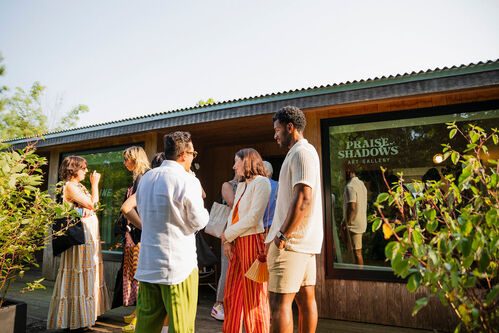
As for the rooms themselves, many exhibitors will respond to the 55-acre land’s rich natural texture with works that blend into the lush summer fauna.
San Francisco staple Jessica Silverman, for instance, will exhibit a selection of works by artists from their roster, with ecology-focused statements by twelve artists including Sadie Barnette, Hayal Pozanti, and Pae White. Geary Contemporary celebrates the gallery’s fifth year in the nearby town of Millerton, New York, with participation by all of its artists, such as Reeve Schley and Alan Praznia, who both create densely colored, highly internal depictions of places. Tribeca’s Jane Lombard Gallery will also present a group that underlines the surrounding habitat: From Margarita Cabrera’s fabric sculpture of a life-size cactus plant to Bradley Wood’s trippy painting of a country house interior, life outdoors is the running thread among six mixed-media artists.
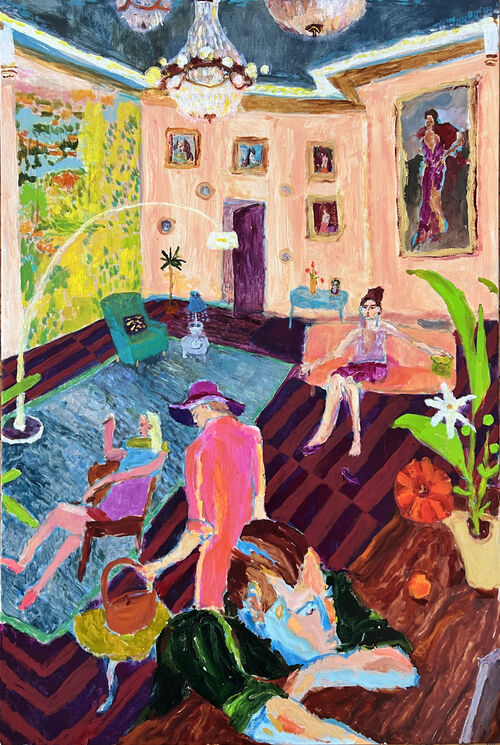
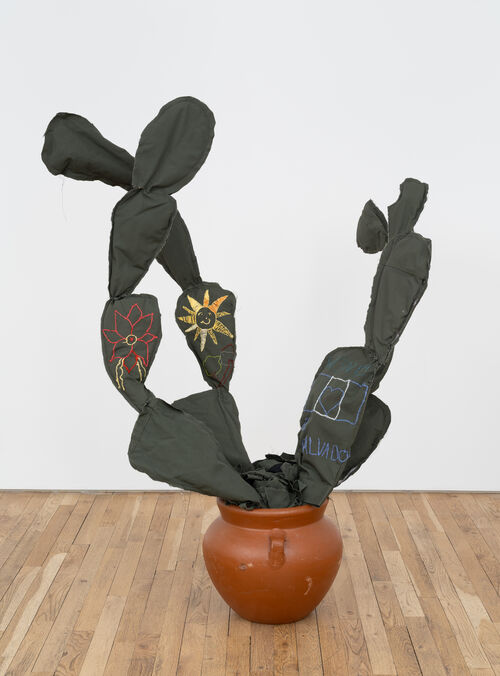
In Praise Shadows’s three-person presentation, a standout is brightly-colored, mystical geometric abstractions by Pittsburgh-based artist Sharmistha Ray, who is also one-half of the artist collective Hilma’s Ghost that recently installed a permanent mosaic mural in the Grand Central subway station. Another highlight comes from Davila-Villa & Stothart, an agency that represents and supports artists through shows and institutional placements, which will present a 1992 participatory sculpture by Mel Chin. The work, a subverted vending machine, dispenses a wide range of consumerist goods, from cream of tartar to American flags.
Though intimate in size, the founders hope that the fair is far from narrow in scope.
“We hope the exhibitors can have more fun with their presentations within an antithesis of the convention center model,” said Galender Meyer. Indeed, the venture’s title came from an awareness of what the trio could offer in this direction. “We were looking for something nice and clean to call our fair,” said Lacouture. “Arrival, we realized, signifies a trek, but once you get there, you notice you’ve arrived at a beautiful place.”
Wes Anderson’s “The Phoenician Scheme” features Renoir and Magritte masterpieces.
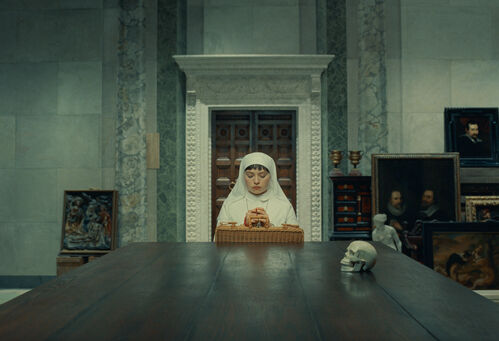
Wes Anderson’s latest caper stars a corrupt mogul, a devout nun, and, unexpectedly, a real Renoir painting. In The Phoenician Scheme, which premiered in the U.S. on May 30th, the Oscar-winning director filled a fictional palazzo with genuine masterworks of European art.
The film centers on Zsa-Zsa Korda, played by Benicio Del Toro, a shady entrepreneur attempting to fund a Mediterranean waterway project while evading government agents and hired assassins, and his estranged religious daughter, Liesl, played by Mia Threapleton. Usually, films use high-quality copies of artworks on film sets. But instead, Anderson enlisted Jasper Sharp, a Vienna-based curator who has previously collaborated with the director, to help secure high-value loans from collectors and museums near Studio Babelsberg in Potsdam, Germany.
In the film, Pierre-Auguste Renoir’s Enfant assis en robe bleue (Portrait d’Edmond Renoir fils) (1889) is featured among Korda’s disorderly collection. The portrait, featuring the artist’s nephew, hangs above Liesl’s bed in the film. The artwork was once owned by actress Greta Garbo and now belongs to the Nahmad family, prominent Lebanese art collectors.
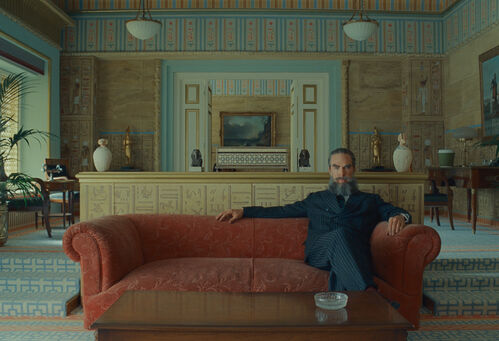
These masterpieces are scattered throughout the film. René Magritte’s The Equator (1942) also appears briefly in the film. Many works are nearly out of frame, including Juriaen Jacobsz’s The Dog Fight (1678), which appears leaning against the wall among a selection of other works.
Handling the masterworks was no small operation for the film crew. Alongside Sharp, the film production enlisted a conservator and registrar to ensure the safety of these works. “I felt, to have any real conviction in being able to ask somebody to lend an object, we needed to have that sort of support network to assure them that the works would be handled exactly as they were if they were lending them to a museum,” Sharp told the New York Times.
Another work featured was a still life by Floris Gerritsz van Schooten, loaned by the Hamburger Kunsthalle in Germany, among several other 17th-century works.
“We have a character who’s a collector, who’s a possessor; he wants to own things, and we thought because it’s sort of art and commerce mixed together this time we should try to have the real thing,” Anderson said to the New York Times.